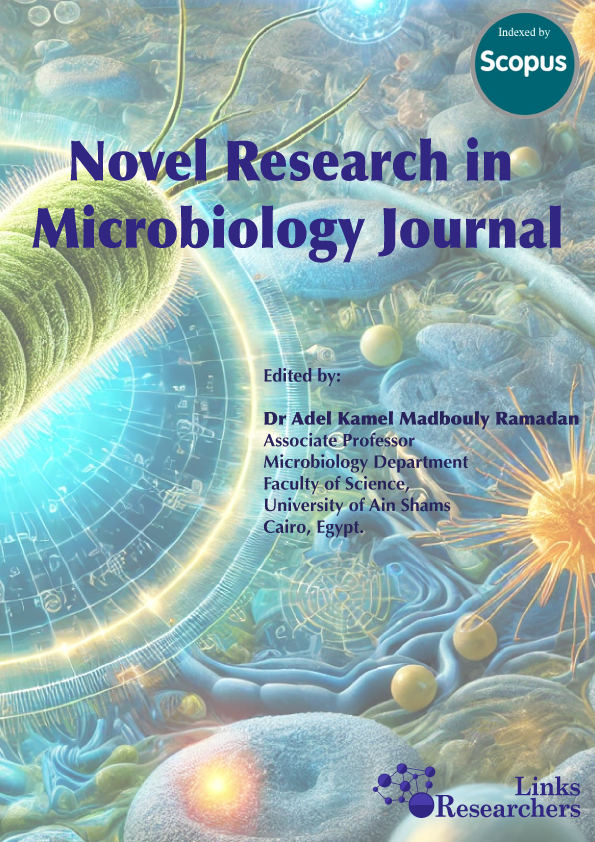Faba bean (Vicia faba L.) is an important legume that is frequently produced in the
highlands of Ethiopia. However, the production of faba bean in this country is limited by the
chocolate spot disease caused by Botrytis fabae. The purpose of this study was to evaluate the
efficacy of Chryseobacterium strain GY04; Chryseobacterium proteolyticum GY05, and
Pseudomonas chlororaphis GY07 on chocolate spot disease management; faba bean growth
promotion, and improvement of the yield-related parameters under field conditions. All the
three rhizobacteria significantly reduced the incidence and severity of chocolate spot disease
in both tested varieties (i.e., Local and Dosha), compared with the control. In both faba bean
varieties, the highest disease incidence reduction (%) was observed on the plot treated by P.
chlororaphis GY07; recording 73.07 % and 75.86 % in the Local and Dosha varieties,
respectively. In terms of disease severity, inoculation of P. chlororaphis GY07 in the Local
and Dosha varieties resulted in an 84.3 % and 81.5 % reduction in the disease severity,
respectively. All the three tested rhizobacterial strains caused growth parameters enhancement
with different potentials. In both faba bean varieties, the highest growth promotion was
observed on the plot treated with P. chlororaphis GY07, followed by Chryseobacterium strain
GY04, and Chryseobacterium proteolyticum GY05. All of the rhizobacteria had a significant
enhancement potential on the number of pods per plant and grains weight, compared to the uninoculated
treatment. The results of this study give a clue that these rhizobacterial strains may
be used as biocontrol agents for chocolate spot diseases, and as bio-inoculants for
enhancement of faba bean production.






